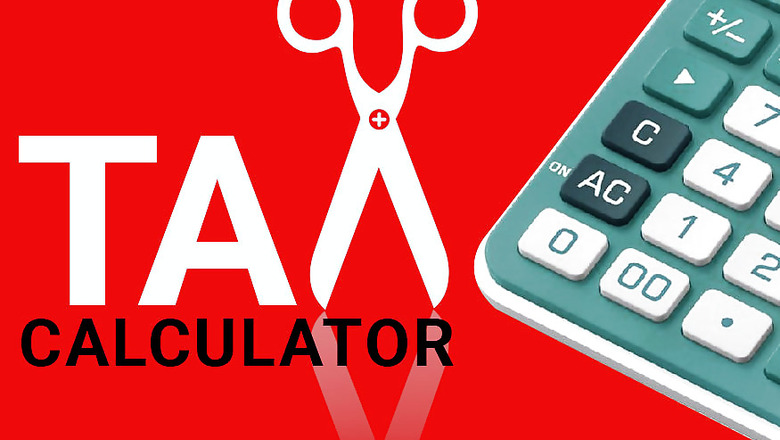
views
New Delhi: India has earned the moniker of the ‘world’s fastest growing major economy’ with its GDP growth. However, the state of a key economic indicator wouldn’t quite indicate that this was the case.
India’s tax to GDP ratio is among the lowest in the world. The tax/GDP ratio is simply the amount of taxes (direct and indirect) collected as a percentage of total GDP. India’s current GDP is around $2.2 trillion and it collects around 16% of this in taxes.
China has a ratio of around 19%; Brazil boasts a ratio of 35%, and Russia collects 19.5%. The United States tax/GDP ratio is about 35%. A high ratio leaves the government with more resources to spend on development activities.
Indian policymakers have for long struggled to increase tax revenues. They may finally succeed now.
The initial aim of policymakers will be to raise the tax/GDP ratio by at least 3-4 percentage points to around 20%, according to N Bhanumurthy, an economist at the National Institute for Public Finance and Policy. But there are other benefits, too.
One of the major reasons for tax evasion in India is the concealment of income. GST will have a beneficial spillover effects on direct taxes as well, Bhanumurthy said.
Direct taxes are levied on the income of individuals and companies. Each taxable entity under GST will get a 15-digit unique number – the GST Identification Number – which will be seeded with the PAN number. This will make it difficult for tax paying entities to conceal or misreport income.
For instance, a business whose turnover and income do not match will be asked to explain the reason, since the GST Network, the I-T backbone, will capture each and every transaction. This will make it difficult for businesses to evade taxes as they do in the current system.Moreover, the increased transparency will also force companies to declare their direct income and pay tax on it.
Another benefit of the GST is that it could potentially make Indian exports more competitive. Manufacturers currently do not get a refund from the government on the money they spend in paying octroi and Central Sales Tax, which adds to the cost of their exports on international markets. However, under GST, since the government will refund a part of the money – technically called input tax credit refund – it will make the products cheaper.


















Comments
0 comment